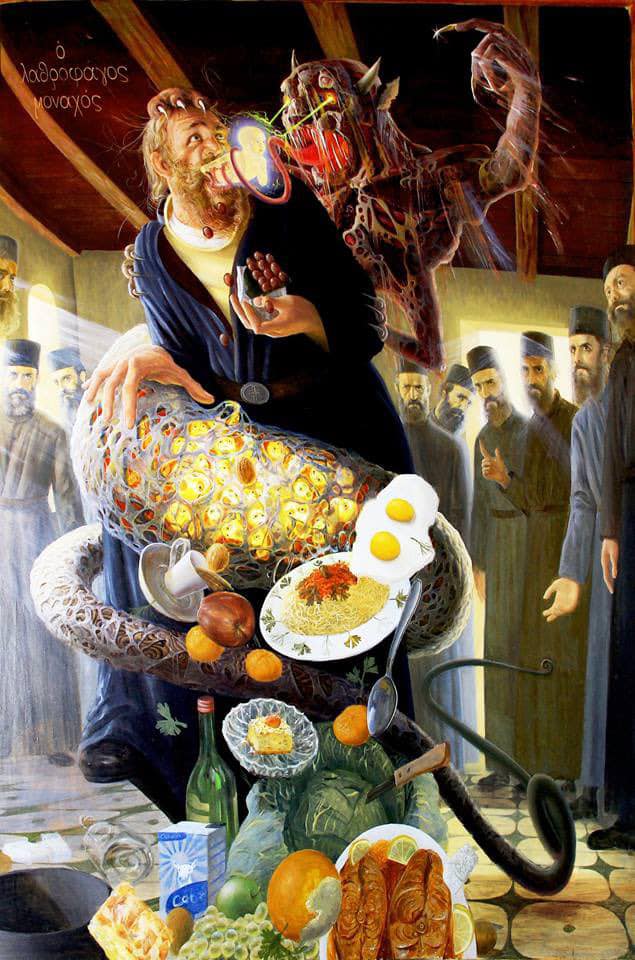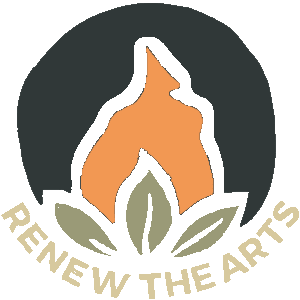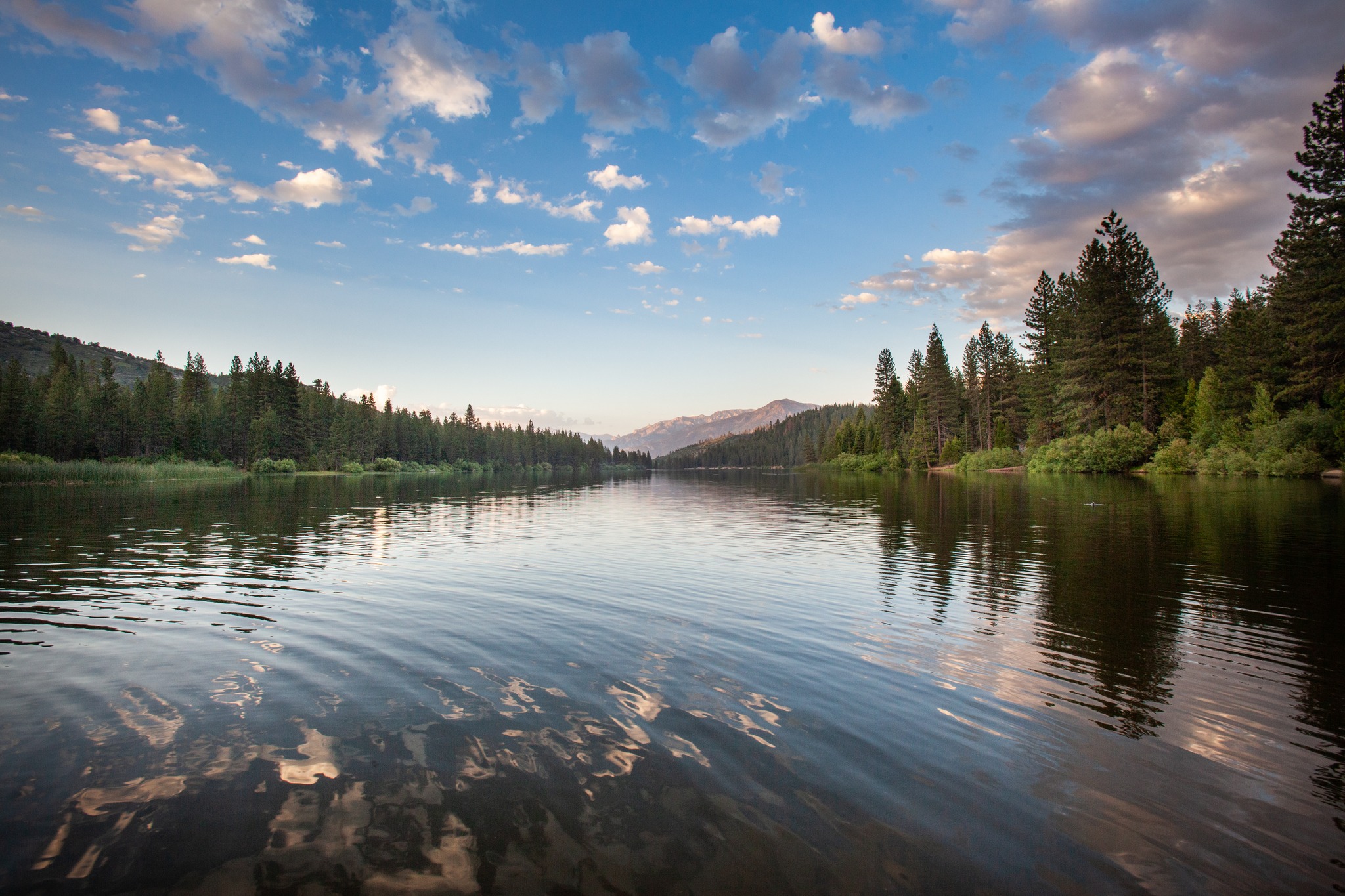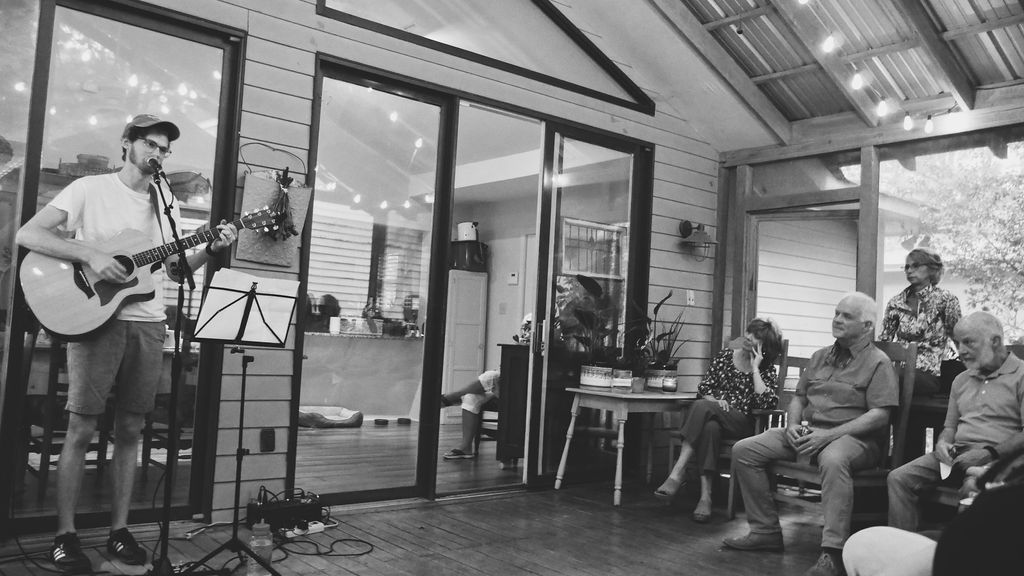In the guest house of the Dochiariou Monastery on Mount Athos in Greece, there hangs an unsettling painting of a reported miracle that occurred in one of the monasteries there. As the report of the miracle goes, a monk had stolen some food from the kitchen and eaten it in secret isolation. In this, the monk had violated the vows of fasting he and the other monks had taken. Some time passed, and the monk thought his infraction had escaped notice. Then came the Great Vespers on the evening of a feast day. On this occasion, the monks would join together for prayer and singing and worship, followed by a communal meal of celebration. After the worship service, all the monks gathered in the dining hall to sit down to a particular feast. But before the secret eater could swallow one bite of the prepared delicacies, a chasm opened up beside him and a demon appeared. This demon then greedily consumed the secret eater’s soul. The painting depicts that moment when the demon eats the monk’s golden soul, and it is about as disturbing as you might imagine.

The Monk’s Main Sin
I hear the story of this reported miracle, and it strikes me as odd for many reasons. But one thing sticks with me most. To me, stealing food and breaking vows constitute the very worst of the monk’s sins. And I likely wouldn’t fault him all that much for even those things. And perhaps neither would even his fellow monks, who knew the pangs of hunger better than most. To those monks, though, the main sin lay in eating in secret, isolated from his brothers. That’s why the artist called his painting “The Secret Eater Monk” rather than “The Food Thief Monk” or “The Fast-Breaking Monk.”





